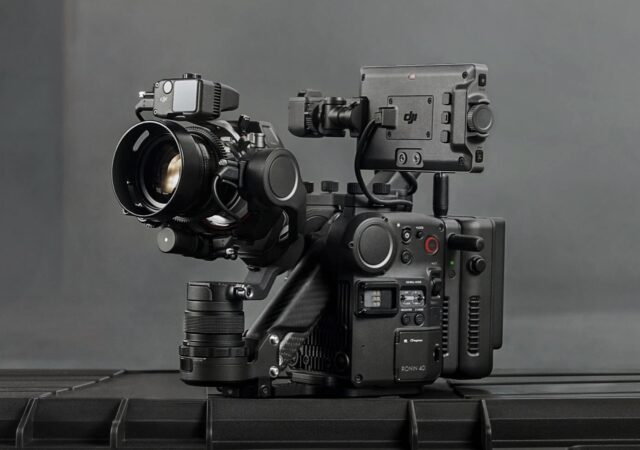DJI launched the Ronin 4D, a full-frame Zenmuse X9 cinema camera that is mounted on a 4-axis gimbal for the ultimate cinema camera.
DJI Unveils RS 2 & RSC 2 3-Axis Camera Gimbal – Smaller, Better
DJI just launched the new RS 2 and RSC 2 gimbal for DSLR and mirrorless systems. The highly advanced gimbals starts at MYR 1,699.




